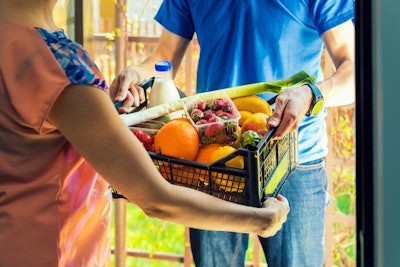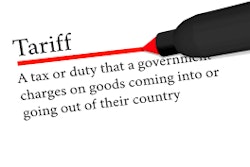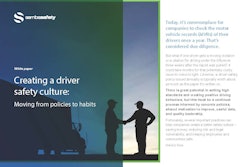
Bringg announced their next-generation software release, purpose-built for today’s unified commerce logistics operations. This new technology presents the industry’s first unified delivery and fulfillment solution, providing a centralized platform with the flexibility to rapidly launch and scale new fulfillment services while continually optimizing logistics, operations, and customer experience.
Using Bringg, businesses across verticals can immediately and efficiently implement the competitive customer fulfillment models, while optimizing operations for decreased costs and increased capacity.
COVID-19 placed incredible stress on supply chain logistics, particularly in the last mile. Skyrocketing customer demand for delivery, curbside pickup and click and collect resulted in unprecedented wait times and order cancellation rates. Many businesses continue to struggle with profitably meeting the new market requirements for online fulfillment.Bringg’s unified orchestration platform provides a data analysis layer and then automatically and intelligently coordinates logistics across every fulfillment channel and resource. By leveraging the data and applying AI and machine learning, businesses increase fulfillment capacity, reduce overhead, and improve customer experience.
This is the first technology solution in the market to offer a unified solution for both delivery and retail logistics, a growing necessity in an omnichannel world. With an easy to use management UI, Bringg places the store operator or dispatcher in the control tower while providing mobile applications to ensure an easy to use experience for delivery drivers and a positive customer experience for consumers.
“Facing increased e-commerce growth, businesses recognize that omnichannel revenues are dependent on efficiently fulfilling online orders, from both local retail inventory and distant warehouses, with different models of fulfillment like BOPIS, Click ‘n’ Collect, Curbside, same or next day delivery and more,” said Lior Sion, Founder and CTO of Bringg. “Meeting this demand requires a new class of technology to deliver the next generation of supply chain visibility, automation, and coordination. Our new unified orchestration platform provides leaders with the intelligence, flexibility and predictive technology to meet the new market demand.”
By leveraging the data across all fulfillment operations, Bringg’s modular solution proactively provides executives with the insights, control, and flexibility to dynamically allocate resources; launch new services; add new partners and delivery providers, and scale new and innovative solutions to meet changing market demand.
- Real-Time Visibility- BI dashboards provide management with holistic, real-time insights on revenues, logistics expenses and performance, and customer experience.
- Orchestration Engine- Bringg’s orchestration engine utilizes real-time, bidirectional integrations with eCommerce and marketplaces, CRM, retail, inventory, and supply chain logistics solutions to coordinate logistics and optimize performance.
- Modular Technology Provide Fulfillment Model Flexibility- Modular architecture provides rapid access to, and unified management of diverse fulfillment models, including: on-demand, same-day, and multi-day delivery, fulfillment through retail, fulfillment centers, automated warehouses, dark kitchens, lockers and PUDOs (local pickup and dropoff locations), as well as click-and-collect, curbside, drive-thru, returns and reverse logistics.
- Unified MultiFleet Dispatch, Routing and ETA Projection- Programmable logic, machine learning, and neural networks automatically engage the optimal external and internal resources across first, middle and last mile, identify the optimal routes and project the real-time ETA of every order based on the total logistical load and business priorities.
- Front-End Applications, SDKs and APIs- Logistics operations are coordinated across retail, curbside, warehouse, and delivery teams through front-end applications, SDKs, and APIs.
- E-commerce Fulfillment Experience- Present shoppers with an exceptional customer experience from start to finish. From competitive, convenient fulfillment options, to automated scheduling, and branded live order tracking, customers enjoy unmatched speed, cost, and convenience.



















